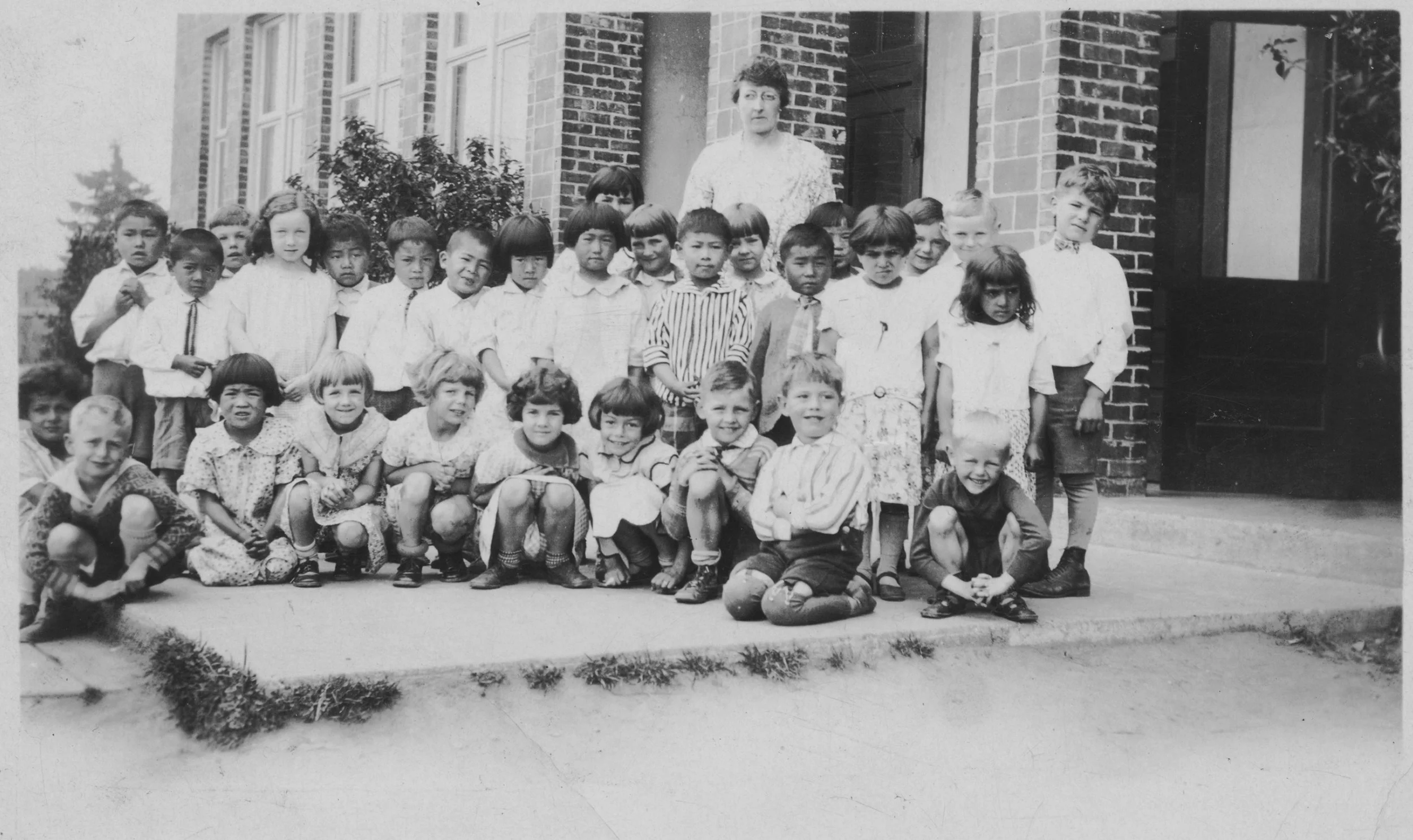OR/L 79.79.244
When people choose a new city to live, they usually don’t care about the name of their new city. What matters are, for example, location, transportation, or the cost of living in that city, but normally how the name of city sounds doesn’t matter.
I am one of the unusual persons who decided to move to Bellevue partly because of its name – I felt the tone of its name “Bellevue” comfortable and beautiful. Though I confess that it wasn’t the main reason that I chose Bellevue as my first city in the United States (yes, there were lots of other reasons – of course more practical ones), the name of Bellevue was definitely a part of reasons for me.
But why is Bellevue called Bellevue? It’s a bit strange to give such a French-influenced name only to Bellevue (as you may already know, Bellevue means “Beautiful view” in French), seeing that there seems to be no such influence on names of other places in Bellevue or surrounding areas. This question leads me to refer to some origins of places’ names in Bellevue and surrounding areas in this article.
In Bellevue and its environs, I think one of the most visible categories about places’ names are the ones named after persons’ names. For example, there are Larson Lake (named after Ove Peter Larson, coal miner, homesteaded in 1889), McCormick Park (named after Robert McCormick, who was active in many civic projects during the fifties and the sixties), Meydenbauer Bay (named after William Meydenbauer, one of the first pioneers in Bellevue in 1869) and Mercer Slough (named after Aaron Mercer, settled in August 1869) in Bellevue or near Bellevue. In those cases, the names were chosen either among the persons who engaged socially in the area (This is true of McCormick’s case), or among early pioneers coming to the area.
There is a case in which a wish about future image of place can form its new name. Factoria, a business district in south Bellevue, was named in anticipation of its future industry. Fortunately, now Factoria is one of the liveliest commercial districts in the city, although it is not certain if this is thanks to its name.
Let’s get back to the name of Bellevue itself. I found two possible explanations why it was named Bellevue, and from both points of view, this name is something to do with the first post office in Bellevue, established in the 1880s. The first one tells that, during a conversation among postmen working there, one postman suggested to give to this area a name related to its good view, and in agreeing with him, another proposed to spell it in French way. According to this first explanation, this conversation is the origin of the name of Bellevue. The second one tells that Lucien and Matt Sharpe, brothers who worked as first postmen in Bellevue, chose the name Bellevue for this area. Actually, their hometown was the city already named Bellevue in Indiana, and that is why they chose this name for their new place of residence. Apparently, we don’t know which one is true (or if there is another true story) because of lack of documentations, but here are two interesting explanations.
We tend to take places’ names for granted and not rethink about their names, but exploring origins of their names is exploring their histories. If you have some time this summer, it would be interesting to take a glance at some anecdotes behind the name of the place where you live.
By: Misako - EHC Volunteer
References:
- Historic place names of Bellevue (Bellevue Historical society, in 1989, as a part of Centennial project)
- “Have you ever wondered where our eastside names came from? Here’s some interesting trivia” Windermere Real Estate
- Another version of how city came to be known by the name Bellevue, Lucile McDonald, 1980
- City of Bellevue, About us, https://bellevuewa.gov/discover-bellevue/about-us, consulted on July 9th 2019

























